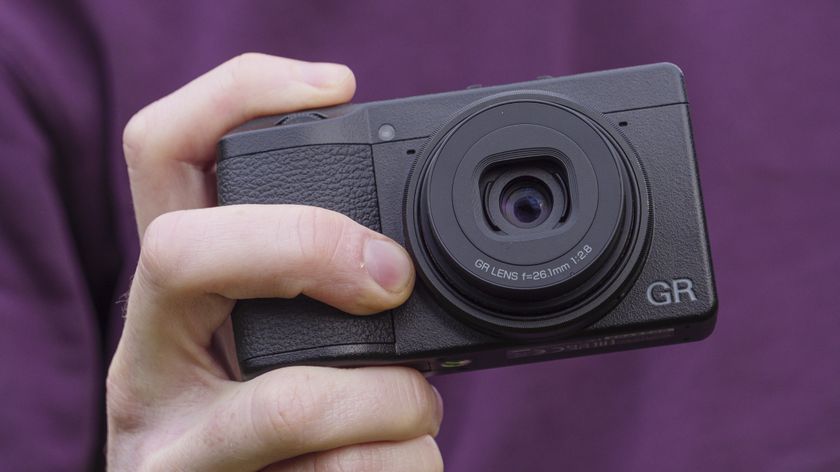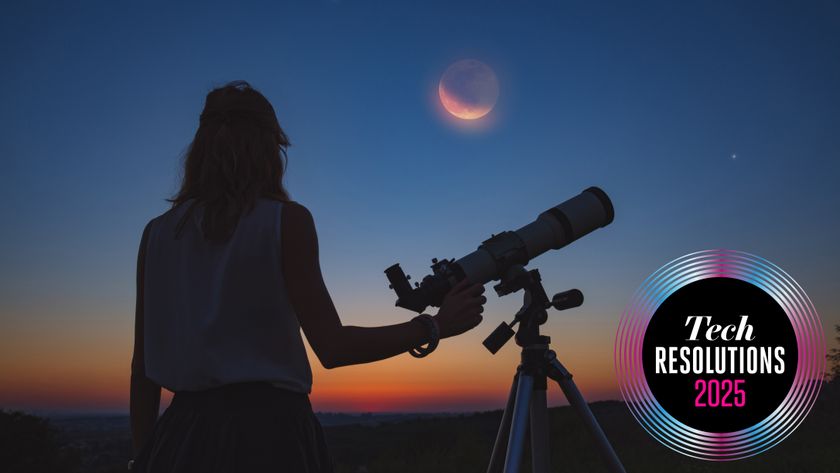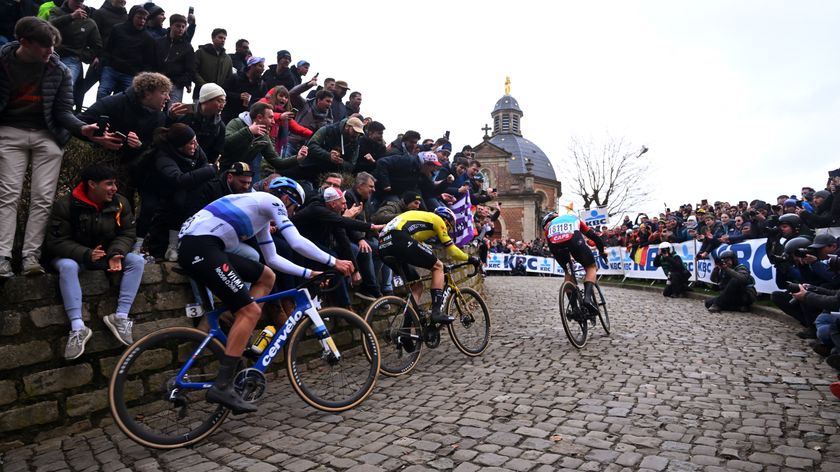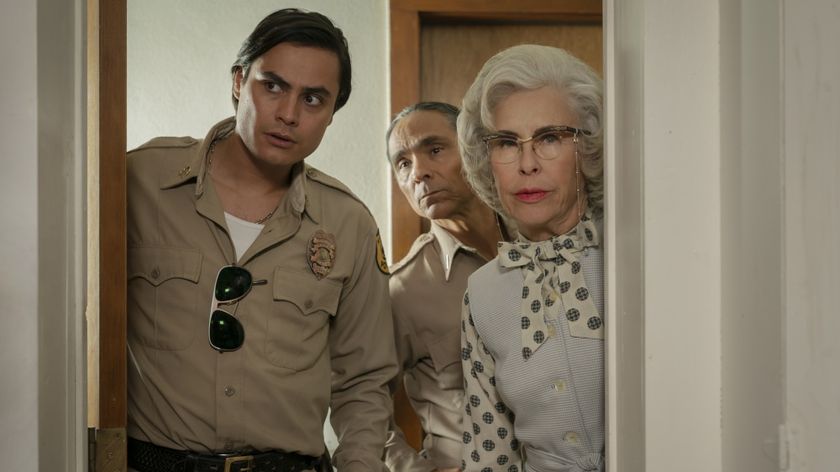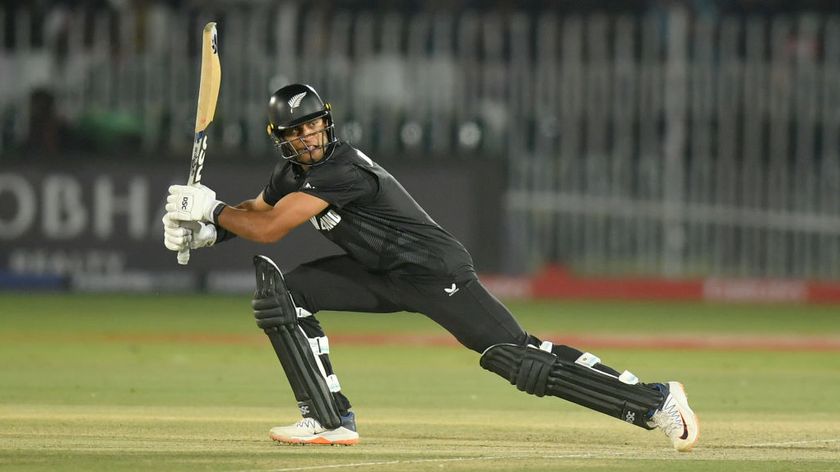Deep Depth of Field vs Shallow: 10 common questions and answers
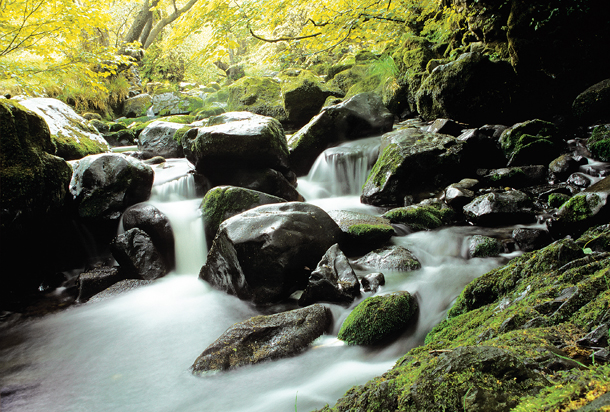
Ever wondered why some backgrounds are pin-sharp and others are out of focus? This is what's called deep depth of field and shallow depth of field. Find out how to take full control of this in-camera photography effect and answer any of the common photography questions you may have.
[caption id="attachment_545775" align="aligncenter" width="378"]

Click on the infographic to see the larger version[/caption]
Common questions about shallow and deep depth of field
What's depth of field all about?
Depth of field is a measure of how much of a picture is in focus. A lens can only precisely focus on one plane at a time. However, there's always a certain amount of the picture in front of, and behind, this plane that also appears to be sharp.
It is this zone of 'acceptable sharpness' that is the depth of field. Anything outside of this zone appears blurred or out of focus. The amount of depth of field varies from picture to picture, depending on a number of different factors.
How does knowing this help to improve my shots?
Depth of field is one of the most important creative controls available to the photographer. By learning how to control it, you can ensure that everything from your feet to the horizon appears pin sharp.
Alternatively, you can make sure that depth of field is restricted to such an extent that parts of your picture are thrown anonymously out of focus, for artistic effect or to hide distracting features in a scene.
Get daily insight, inspiration and deals in your inbox
Sign up for breaking news, reviews, opinion, top tech deals, and more.
SEE MORE: 99 common photography problems (and how to solve them)
So what's the dark secret, then?
It's not just one factor that affects the amount of depth of field that you end up with, but several working in tandem. Some of these factors, however, are much easier for photographers to control than the others.
What's the easiest way to control depth of field?
The aperture setting you use is the simplest and most straightforward way of altering depth of field because you can do this without changing equipment or shooting position.
The smaller the aperture you set, the more depth of field you get and the more of your shot appears in focus. So on a typical zoom, a narrow aperture of f/22 will keep more of the shot in focus than a wider aperture of f/5.6.
The aperture can easily be altered by the photographer in a number of exposure modes, including Shutter Priority and Aperture Priority.
SEE MORE: What is depth of field in photography?
So I can set the depth of field precisely for every shot?
Yes and no. You can increase and decrease the amount of depth of field by adjusting the aperture. However, you don't always have a free choice, because changing the aperture will affect the shutter speed, and some shutter speeds will not suit every situation.
Slow shutter speeds will cause moving subjects to appear blurred, for instance, or will create visible camera shake. More importantly, you only have a limited range of apertures, so often you can't set the zone of sharpness precisely to suit your needs. But using the other factors can give you more control…
READ MORE
DoF Defined: controlling depth of field in photography
Photography Basics: how to add depth to your photos

What are these other factors?
The two most significant factors are the focal length and the focused distance. The wider the angle of view of the lens, and the shorter the corresponding focal length, the more depth of field you get.
A wide-angle lens setting, therefore, gives you more depth of field than a telephoto one. The subject distance (or more accurately, the distance the lens is focused at) also has its role; the closer the focused distance, the less depth of field you get.

